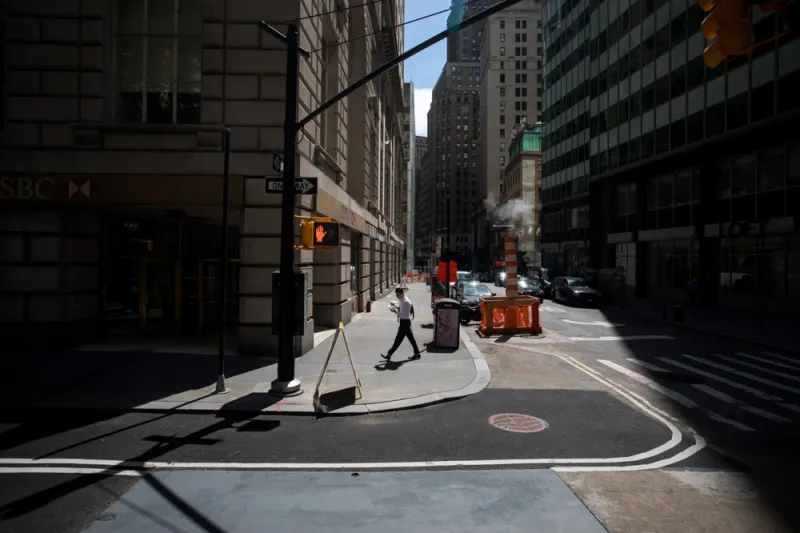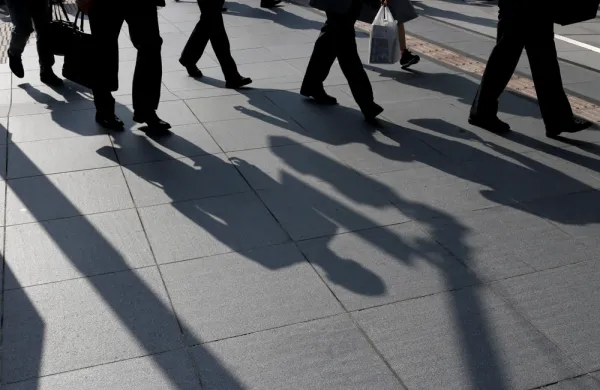Trend-following strategies have earned a reputation for outperforming during periods of crisis. That theory was borne out during the height of the Covid-19 crisis — up to a point.
In a new paper entitled “The Coronavirus Crisis: What is the same? What’s different?,” Katy Kaminski, chief research strategist and portfolio manager at quantitative investment firm AlphaSimplex, analyzed nine substantial drawdowns in equity markets since 1998. The paper classified drawdowns into two categories: corrections, for losses of 15 percent over periods of two months or less, and crises, for more sustained, deeper losses.
Kaminski and AlphaSimplex junior research scientist Ying Yang concluded that the Covid-19 market crisis was “one of the fastest crisis periods in history.” They found that short-term, pure trend-following strategies proved better than other strategies — including other styles of trend-following strategies — at navigating the turmoil.
The Covid-19 market crisis “had the highest velocity of any drawdown period since the ‘90s,” Kaminski said in a phone interview. “With that type of event, there are few things that can actually navigate it. Short-term trend systems could pick it up and follow it because [the trend] was long enough, but longer-term systems couldn’t pivot the boat fast enough” when the markets began to recover. Even within trend-following strategies, Kaminski said, “the faster you were, the better you did.”
Trend-following strategies take long and short positions in various asset classes, including equity indexes, bond index futures, commodities, rates, and others. The paper analyzed two different types of trend-following trading systems: faster systems, which the authors defined as signals using data from less than six months, and slower systems, with signals using data from greater than six months.
The paper compared the Covid-19 crisis with past crises and corrections. For each of these periods, the researchers highlighted the exact dates, the cumulative losses, the total number of trading days, the corresponding equity positions of slow and fast trend following systems at the start of the period, and the returns of a representative fast and slow trend-following system over the period.
The Covid-19 market drop lasted 23 days and resulted in a roughly 34 percent loss, while the European debt crisis of 2011 lasted just five days, with a roughly 13 percent loss. The period the authors called “Volpocalypse,” in 2018, lasted five days with an 8.5 percent loss. These periods had the highest crisis speed of all downturns, according to the paper.
The researchers found that trend-following strategies are adept at capturing what Kaminski has dubbed “crisis alpha,” or profit opportunities that arise from persistent trends during periods of market stress. Trend-following strategies produced positive results during most of the crisis periods the researchers analyzed in the paper, whether the strategies were fast or slow, but there were some exceptions.
“For example, during short corrections where the strategy is long equity, the strategy may not be able to get out of its equity position and find other opportunities before the market corrects,” the authors wrote. “During quick sell-offs faster trend-following systems seem to be able to navigate the environment slightly better.”
The Covid-19 crisis showed clear divergence between the performance of fast and slow trend-following strategies, the researchers found.
“During the one of the fastest crisis periods, being fast was clearly better while historically in other periods with more sustained crisis losses this distinction has been less clear,” they wrote.
Kaminski and her colleague also concluded that after the crisis and correction periods, trend-following strategies weathered the subsequent recoveries less well than equity markets — with the exception of the dot-com bubble, which went on to face a second, third, and fourth phase of the crisis.
That recovery, with its additional drawdowns, could serve as a model of how trend-following strategies might react if the current Covid-19 crisis enters additional phases. Trend-following strategies have remained flat since the trough of the current crisis, but what happens next is anyone’s guess.
“What still remains unclear is where we will go from here, whether markets will experience a recovery or face a second or third wave of losses,” the authors wrote.





